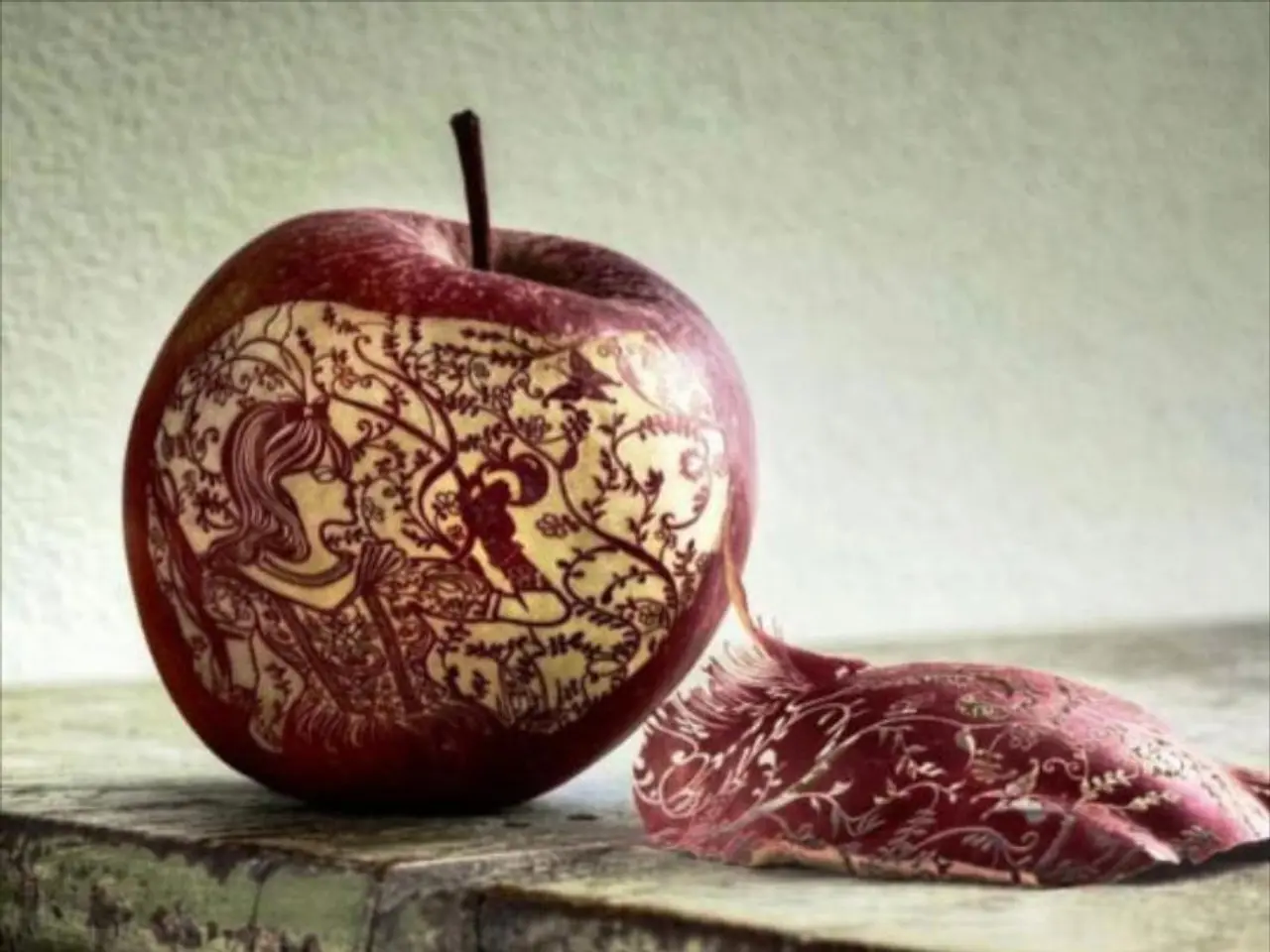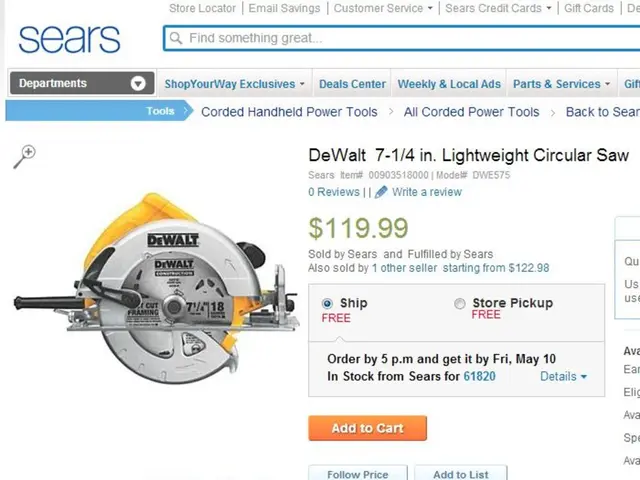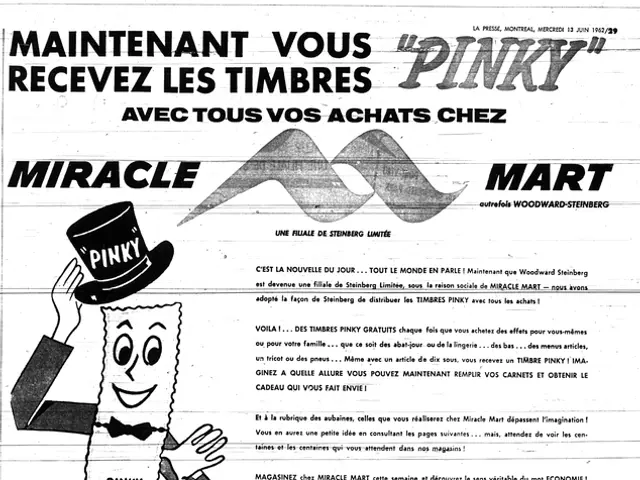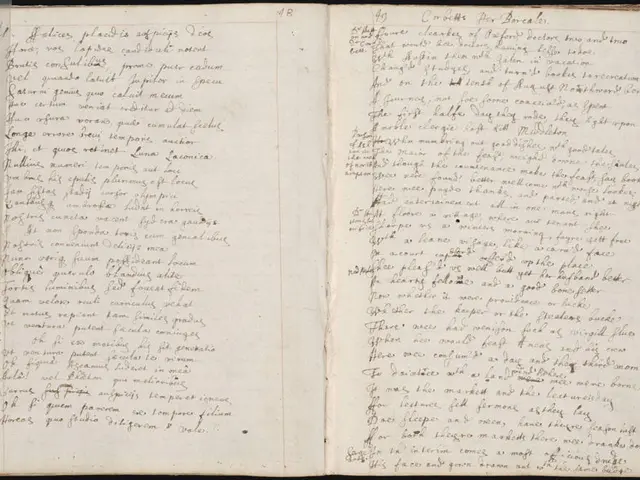Guidelines for Crafting the Procedural Segment of Your Case Study
When it comes to impressing UX recruiters, a well-crafted case study can make all the difference. Here's a guide to help you create an engaging and informative UX case study.
The Essential Elements of a UX Case Study
A UX case study should provide a comprehensive narrative of your design process, rationales behind decisions, and evidence of user-centered improvements. Key elements to include are:
- Research: Describe how you conducted user research to understand user needs, behaviors, and pain points. Specify research methods and key insights gained that informed your design decisions.
- User Personas and Journey Mapping: Include creation of personas based on demographic and behavioral data, and map the user journey through key stages and touchpoints. This helps illustrate how users interact with the product and where friction points exist.
- Ideation: Explain how ideas were generated and refined to solve identified user problems. This can involve brainstorming, sketching, or other creative activities to explore potential solutions.
- Design Artifacts: Present wireframes, prototypes, and visual design iterations to show the product’s evolving structure, look, and behavior.
- Prototyping and Testing: Detail the creation of interactive prototypes and subsequent usability tests or feedback sessions. Highlight how testing validated or changed the design choices and improved user experience.
- Iteration and Validation: Show how feedback was incorporated through multiple design loops or study phases to continually refine the product.
- (Optional) Design Systems and Visual Standards: Documentation about reusable components and design standards to demonstrate consistency and scalability across the product.
- Context and Strategy: Frame the process within the broader product goals, business objectives, and user needs.
Best Practices for Crafting Your UX Case Study
- Be direct and keep sentences short
- Use active voice instead of passive voice
- Use plain language to avoid overcomplicating with esoteric jargon
- Personalize the case study by highlighting what you did and why
- Use photos, scanned documents, and saved files from your UX project
- Use visual aids to strengthen both the "I did this" and "why" parts of the UX case study
- Use the prototyping phase to demonstrate the creation of low-fidelity paper wireframes
- Every sentence and visual in the UX case study should have a direct impact in answering the recruiter's questions: What, why, and how?
- Structure the case study linearly to show the work done in each phase of the Design Thinking process
- Use text more than visuals, as all crucial information should be described textually, with visuals adding support, impact, and credibility to the textual descriptions
Combining Text and Visuals for Impact
Examples of good practice in combining text and visuals include showing a summary of personas, user testing methodology, key findings, and demonstrating imaginative ways to test a product's usability.
By following these guidelines, you'll create a compelling UX case study that showcases your design process, rationale, and the impact of your work on user experience. Good luck!
- To demonstrate your UX design expertise, craft a case study that details your research, design process, and user-centered improvements in an engaging and informative manner.
- Begin by explaining how you conducted user research, specifying the research methods and key insights that guided your design decisions.
- Create user personas based on demographic and behavioral data, and map the user journey through various stages and touchpoints to illustrate how users interact with the product and locate friction points.
- Show the evolution of your designs through wireframes, prototypes, and visual design iterations, highlighting how testing validated or changed your design choices and improved user experience.
- Use visual aids, such as photos, scanned documents, and saved files from your UX project, to strengthen the impact of your case study and effectively convey "I did this" and "why" aspects.
- Frame your process within the broader product goals, business objectives, and user needs, and structure the case study linearly to show the work done in each phase of the Design Thinking process. Ensure that every sentence and visual within your case study directly addresses the recruiter's questions: What, why, and how.







